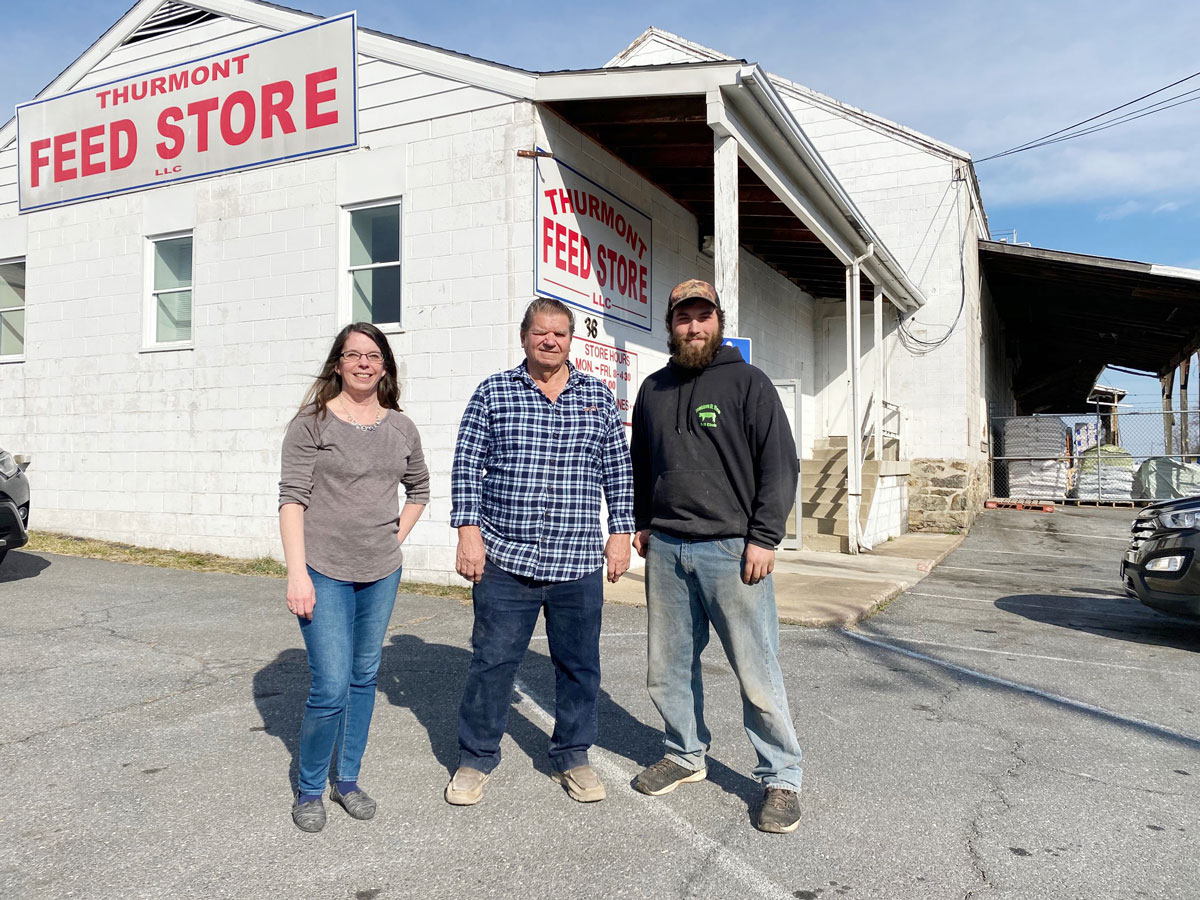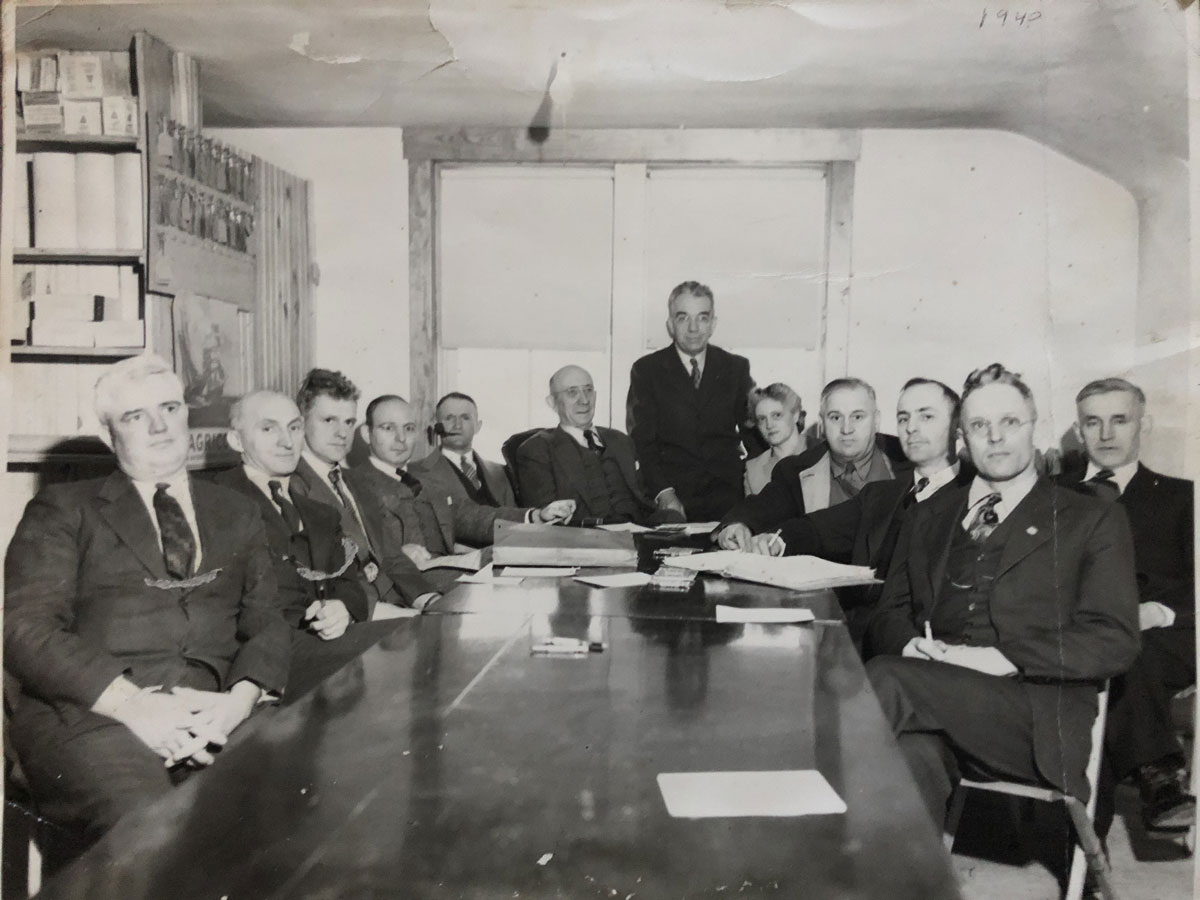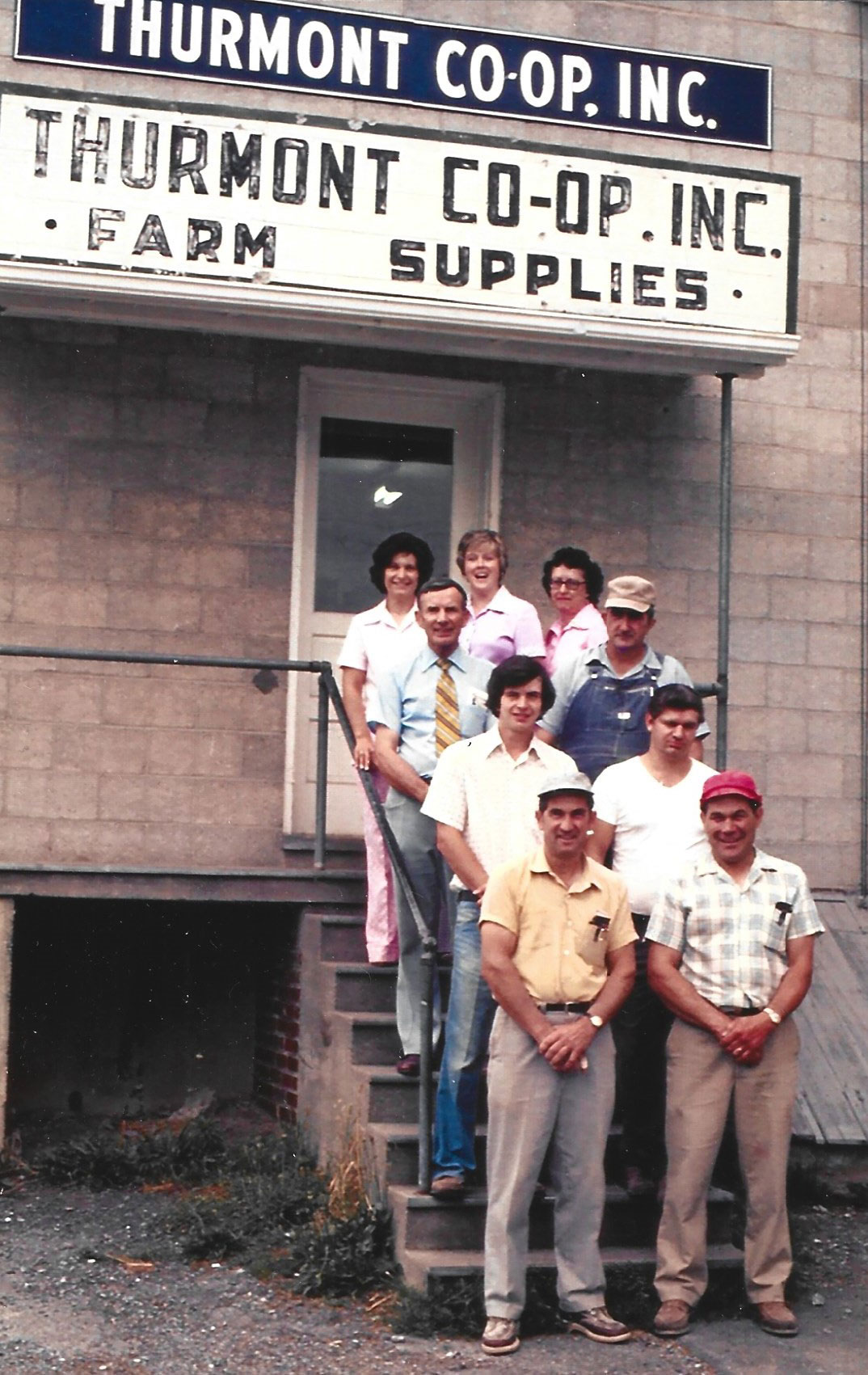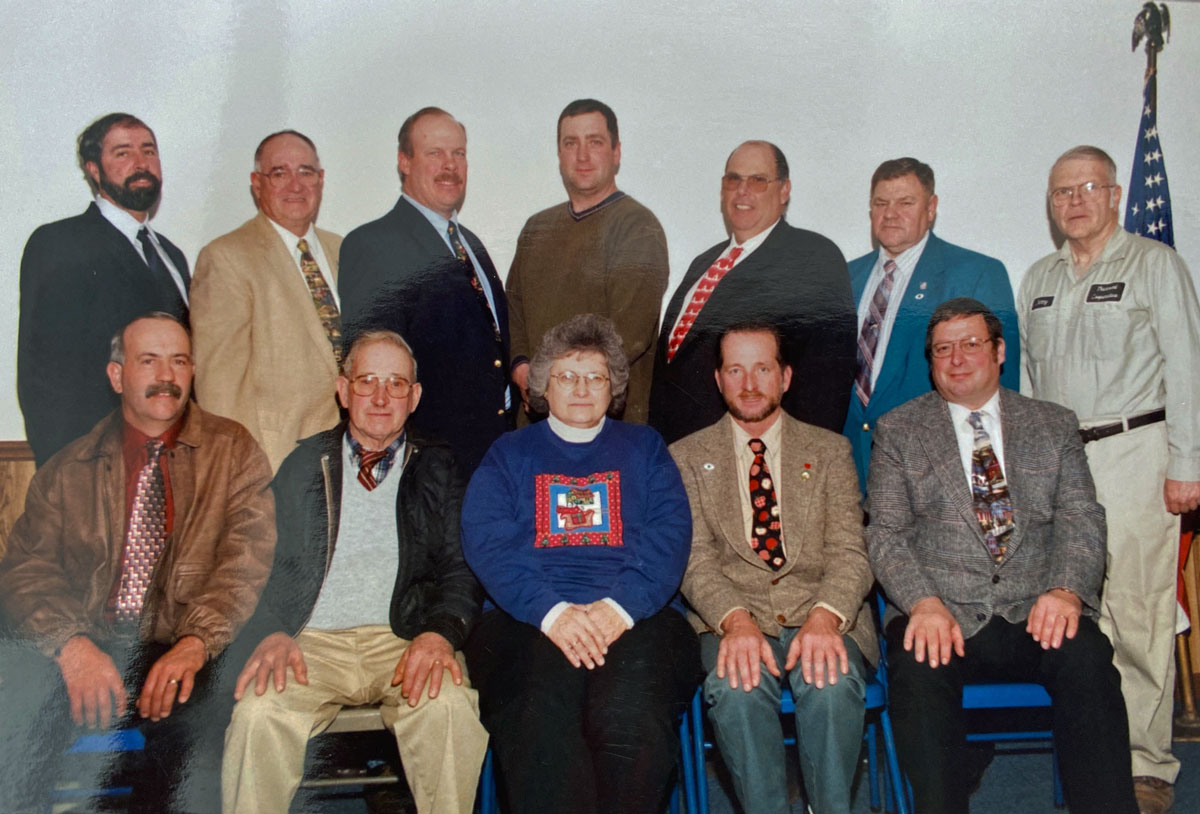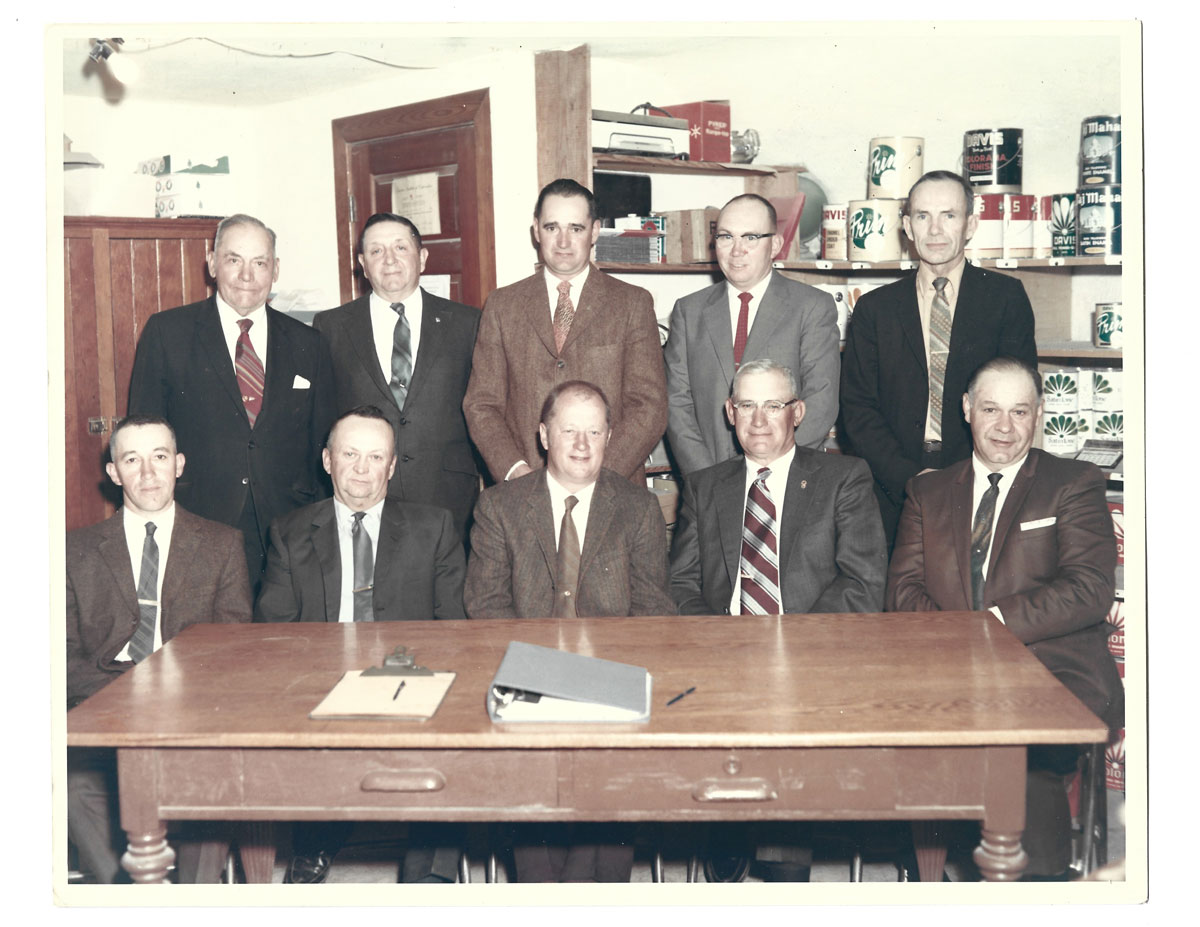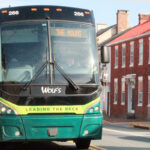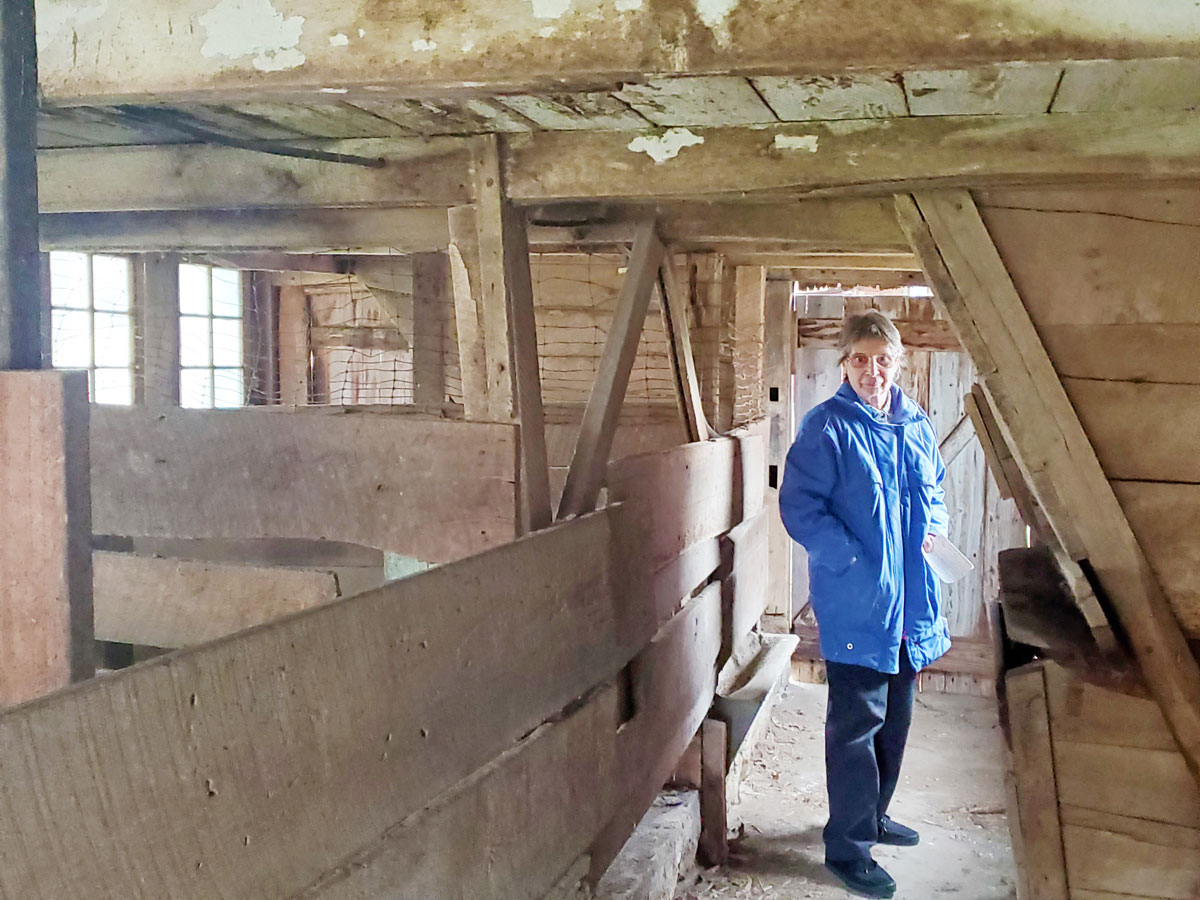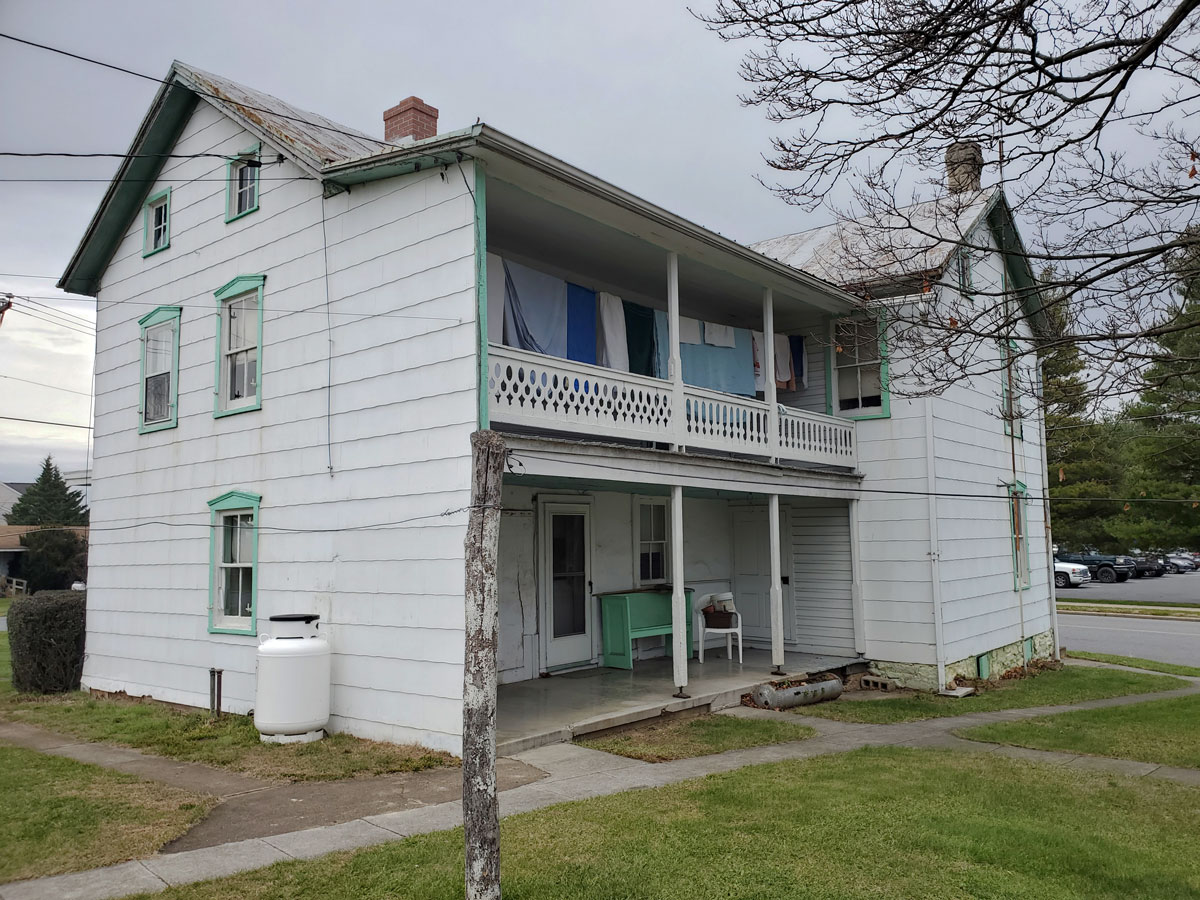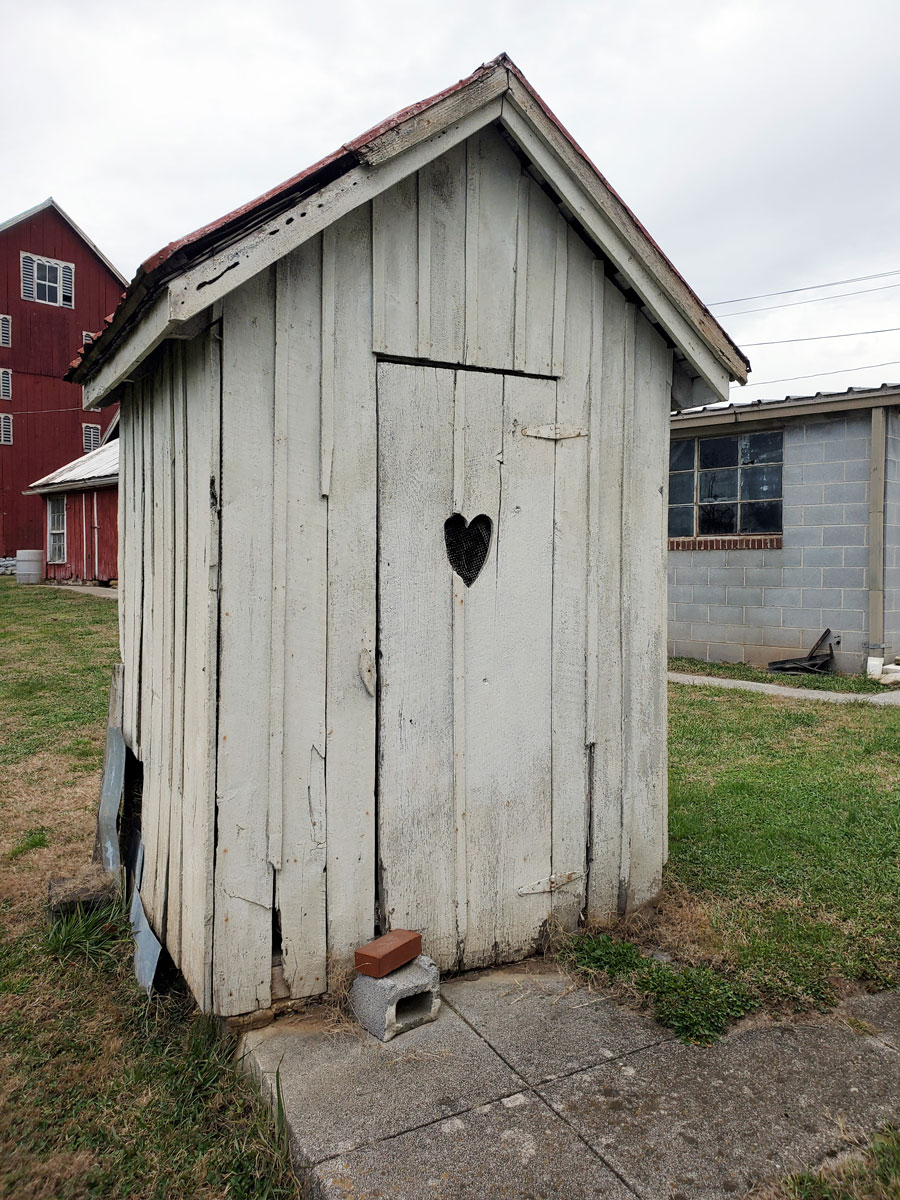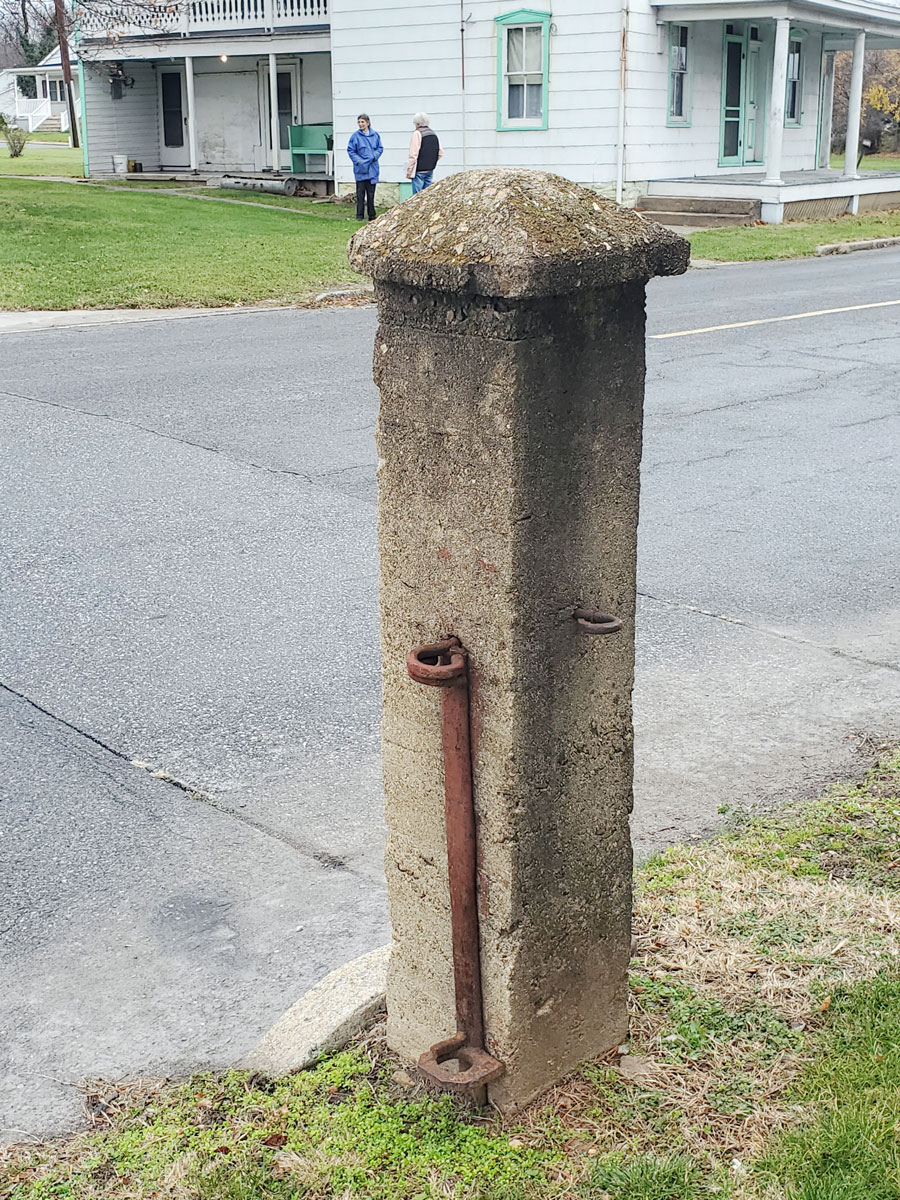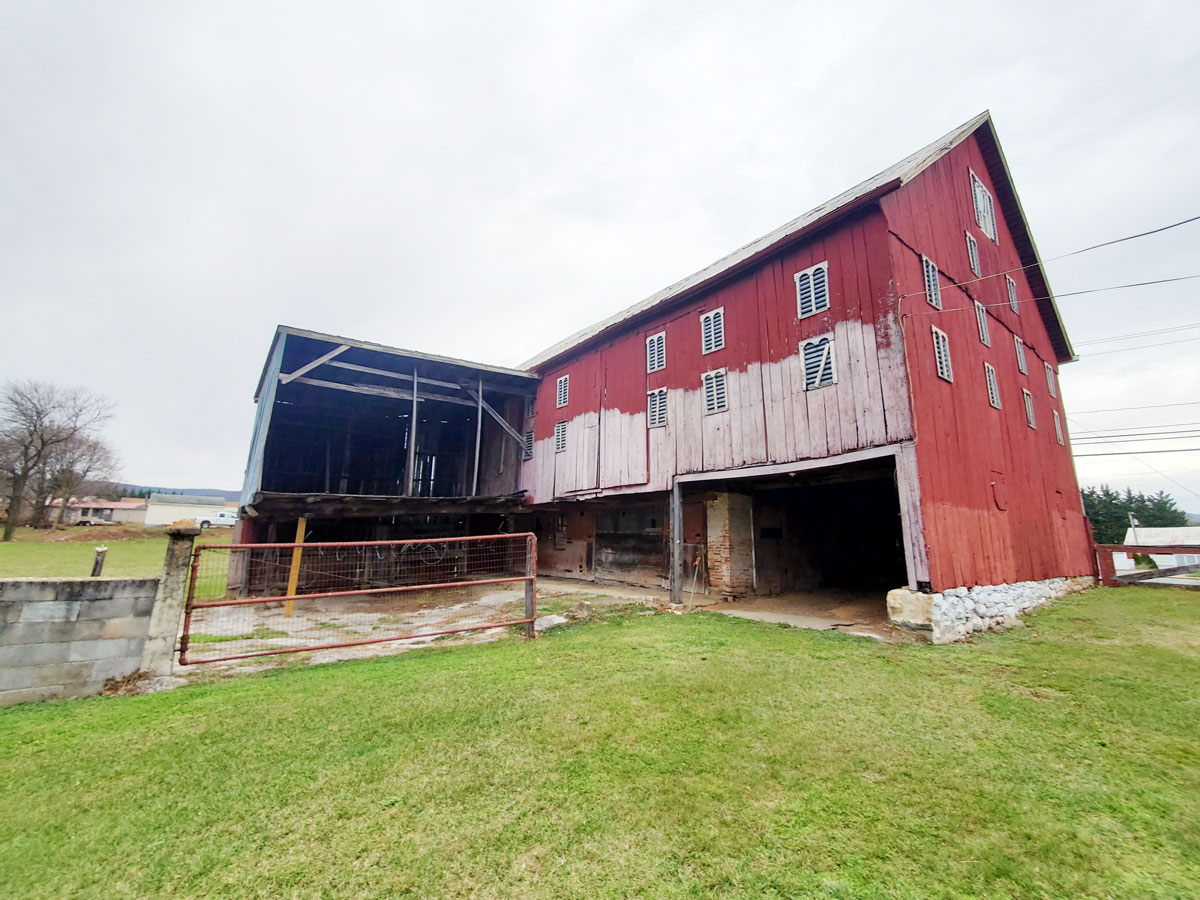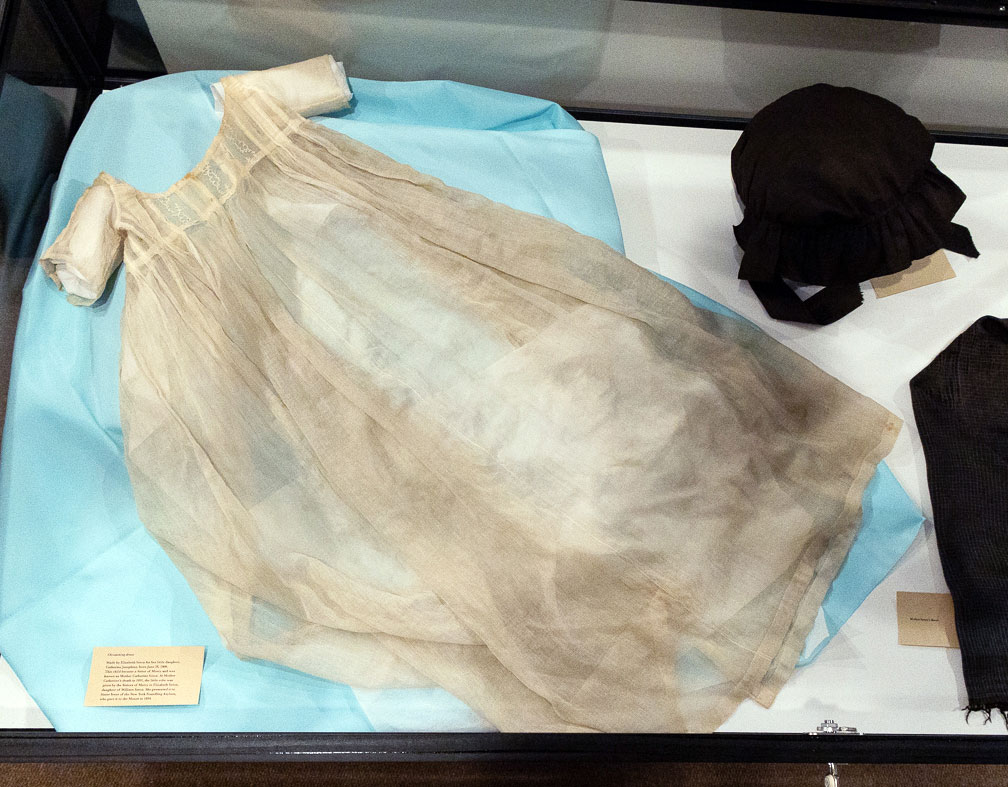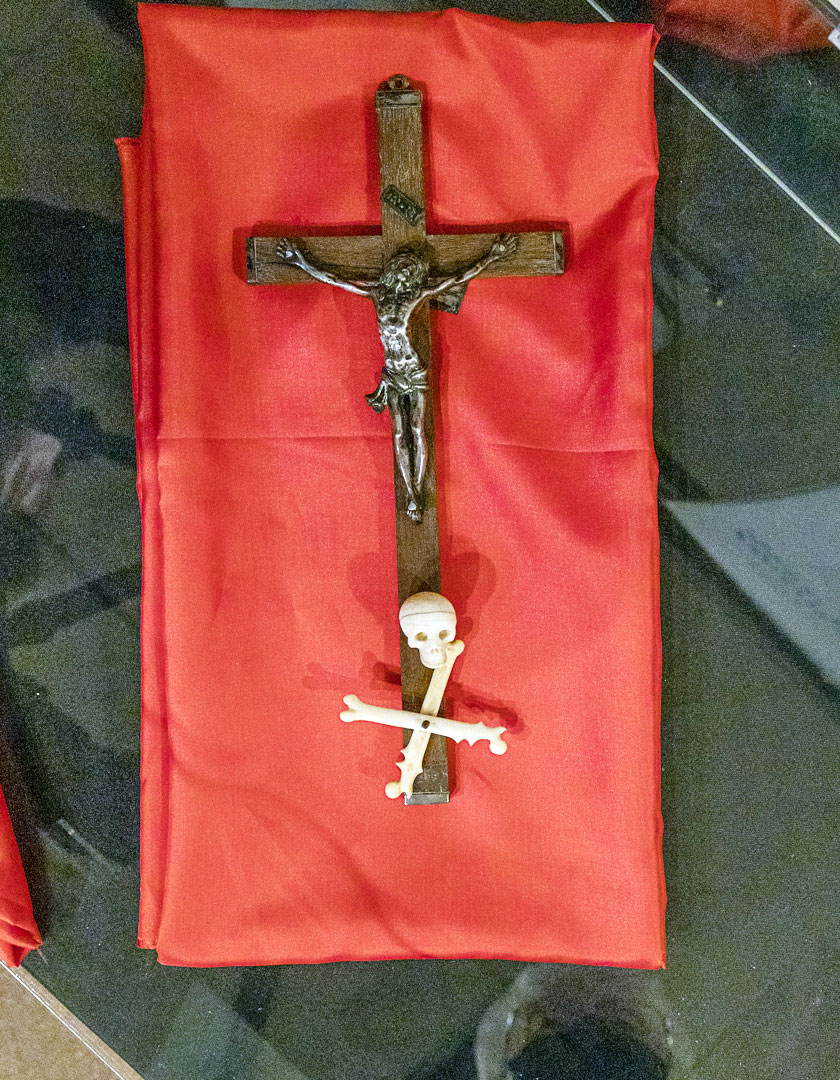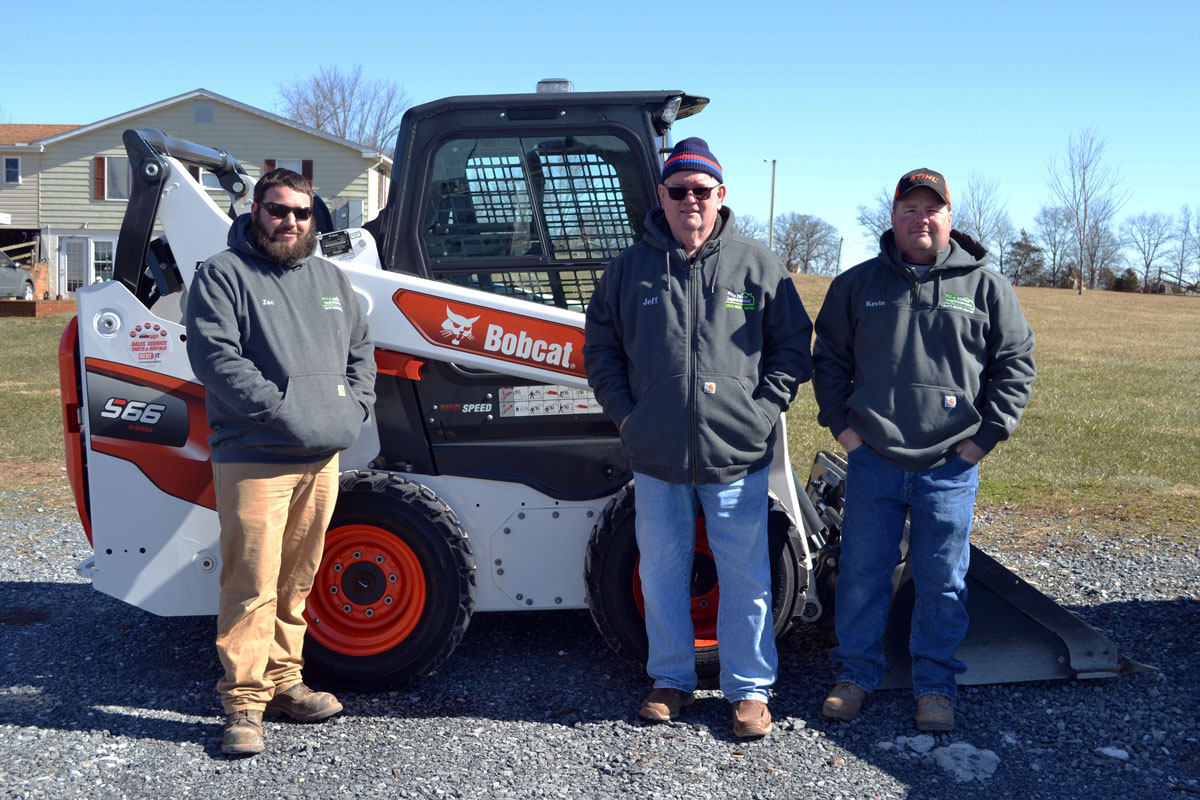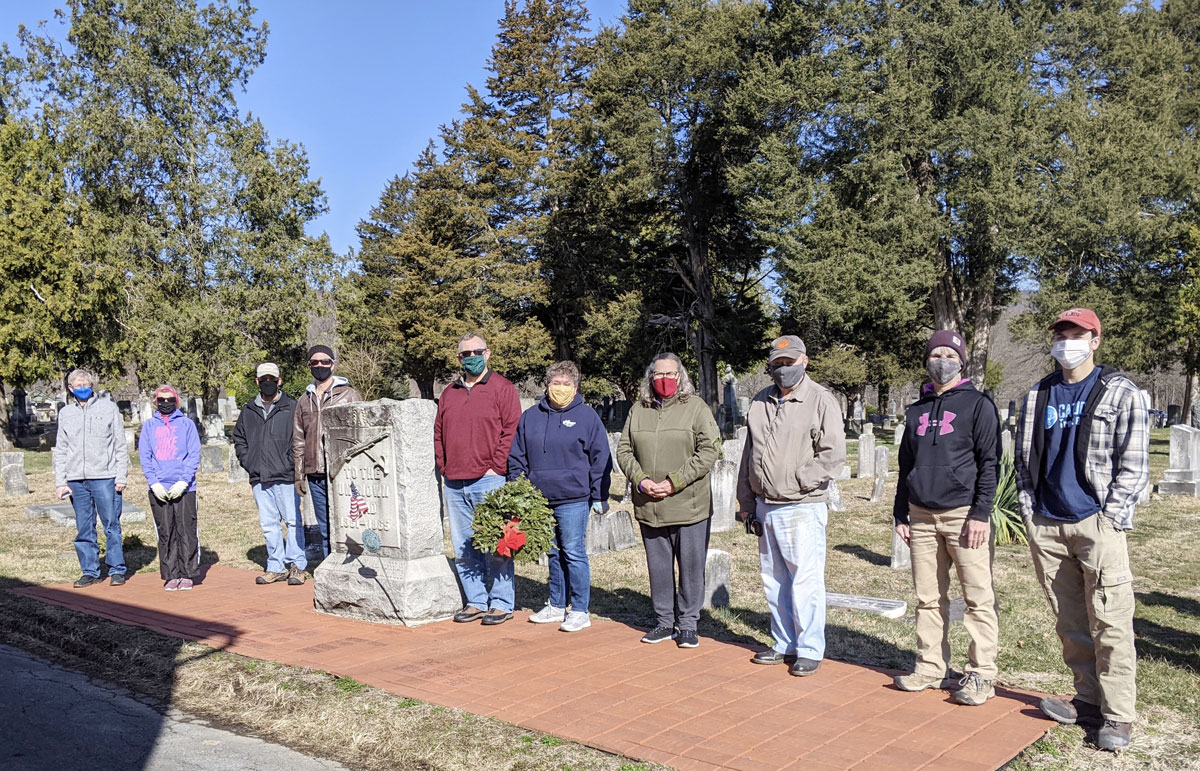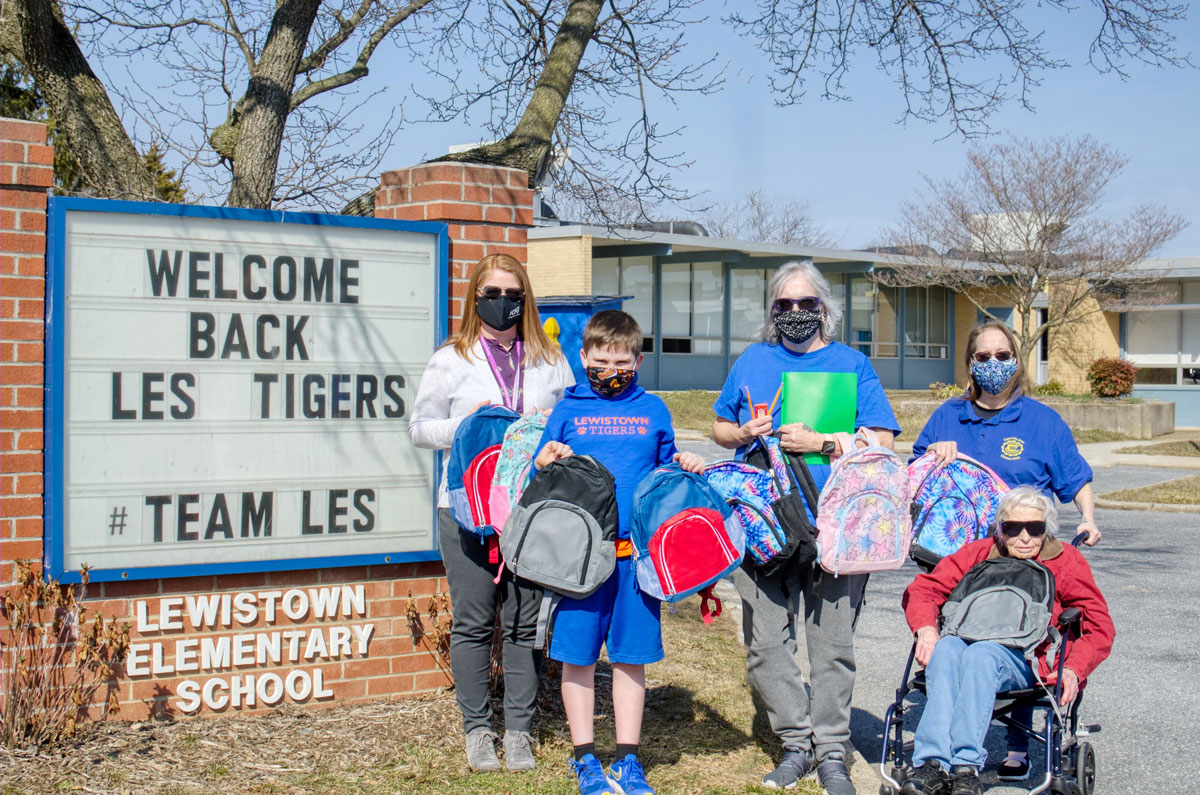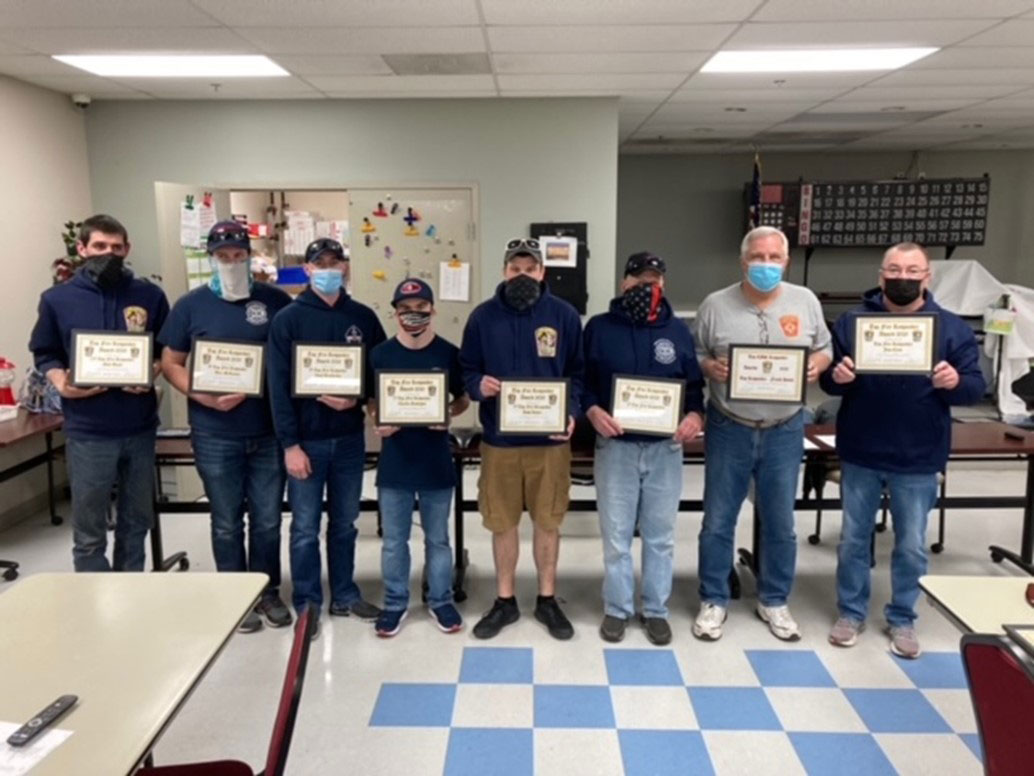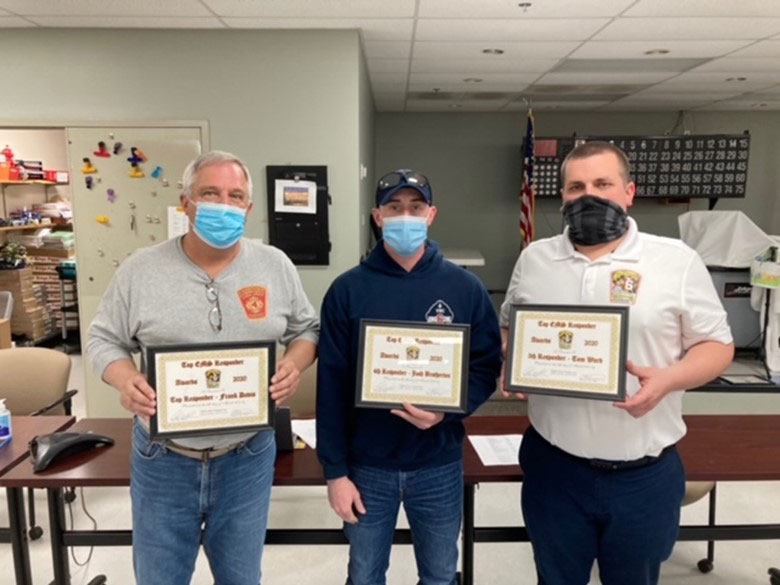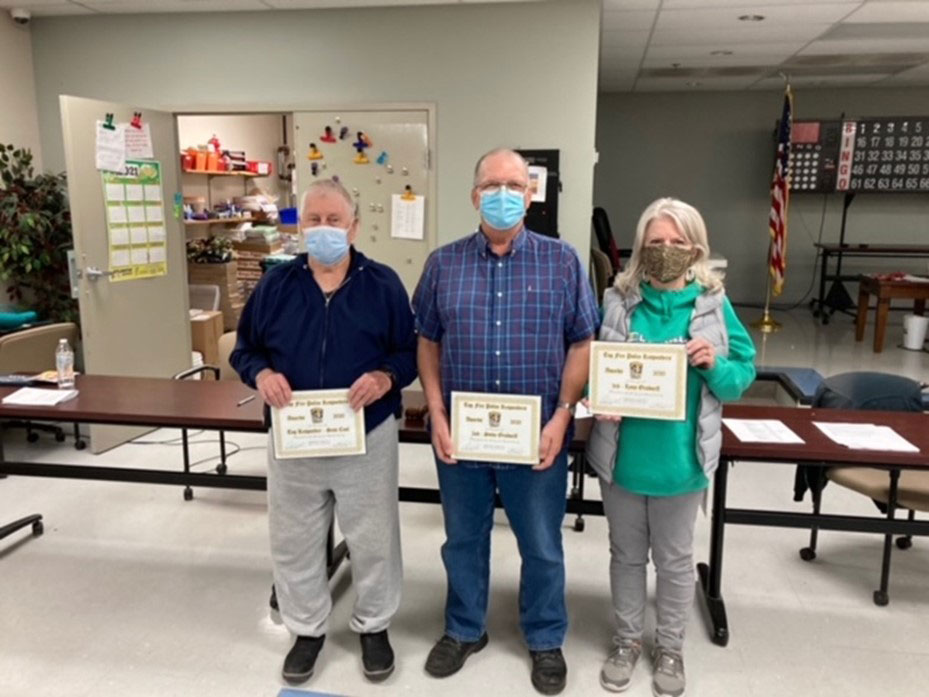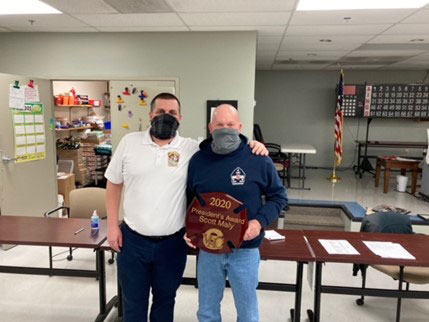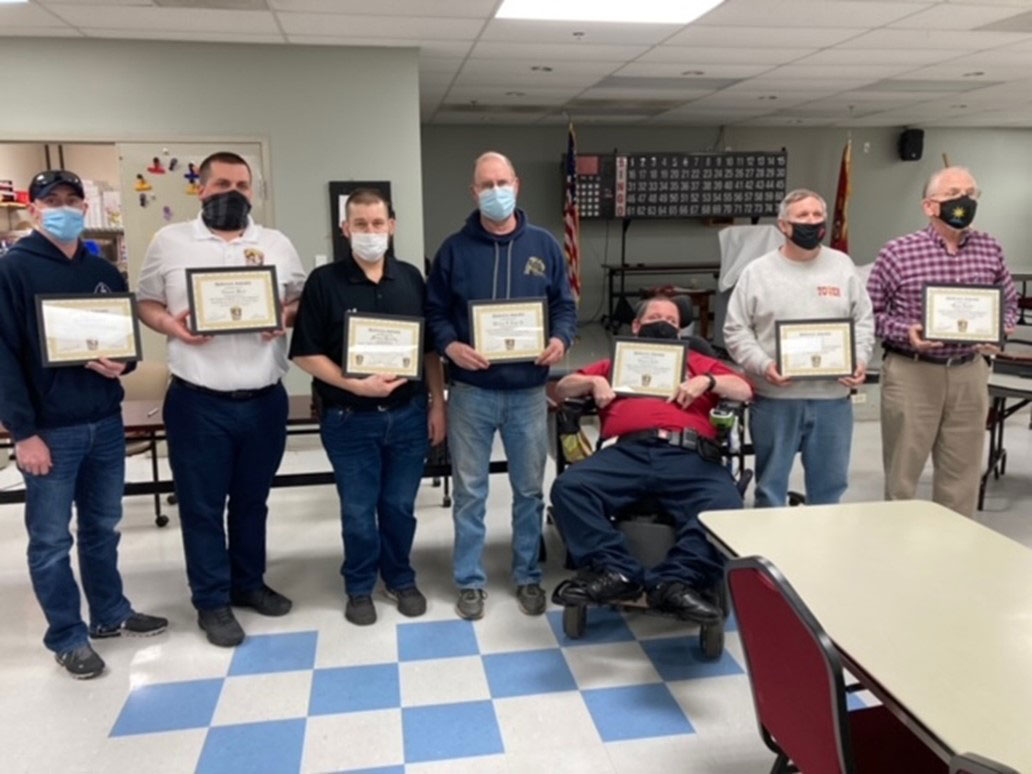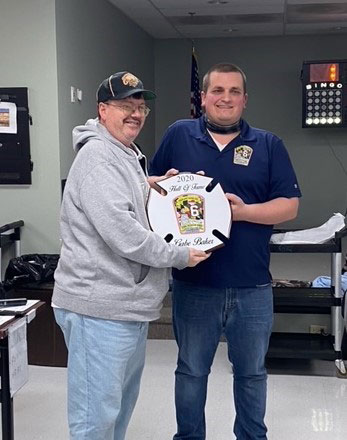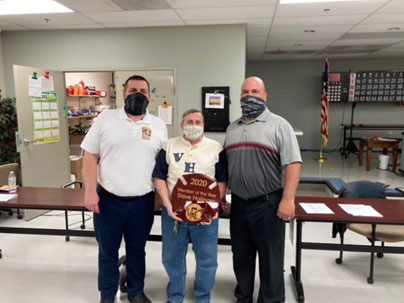Blair Garrett
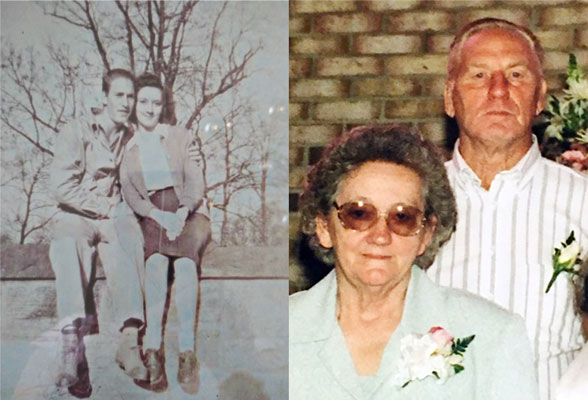
Celebrations of milestones seem few and far between these days. As life hopefully returns back to normal in the coming months, there is plenty of reason to be optimistic.
Inspirations for an exciting and love-filled future are all around us, and you can look no further than the Stottlemyer family in Foxville, Maryland.
Otha (June) Stottlemyer and Isabel Stottlemyer are celebrating their 75th wedding anniversary on April 20, marking an achievement of which most couples can only dream.
June, 92, and Isabel, 90, have spent a tremendous share of their lives together. The two met through mutual friends at 18 and 16, and have been inseparable ever since.
They’ve been together through multiple international wars, the landing on the moon, and 14 United States Presidents. The United States was a vastly different place before the pair got married in 1946.
Before the Stottlemyers tied the knot, the world was without the internet, jukeboxes, mobile phones, and the Queen of England was a bachelorette and still a princess. The United States and Europe had just started recovering from the fallout of World War II, and the world’s first computer had just been built. Times were different and were rapidly changing.
The world was not the modern world we know now, and all of that time, growth, and development together has served to strengthen their marriage.
The Stottlemyers’ love has stood the test of time, and 75 years is a truly rare feat. The lineage following the couple is an impressive one, making the Cheaper by the Dozen movie family look like underachievers.
June and Isabel had 5 children, 13 grandchildren, 23 great-grandchildren, and 17 great-great-grandchildren.
Spending nearly their entire lives in Foxville, the couple has kept their family close. In addition to navigating the highs and lows of marriage, the Stottlemyers were integral in raising and providing for their four generations of offspring. Nearly all of their family lived within walking distance, and they saw each other almost every day.
Needless to say, family is very important to them, from providing for them to loving and supporting them.
June retired from Moore’s Business Forms in 1990, and Isabel was a homemaker and a caregiver, having a close helping hand in the upbringing of their grandchildren, great-grandchildren, and more.
The Stottlemyers have unlocked the secret to a long and successful marriage, and they’ve managed to pass that on to their children. Their three daughters, Linda, Patsy, and Laura, have been married for a combined 147 years, showing that their parents’ love is no fluke.
The key for them seems to be a tight-knit family, as their 58 offspring only seem to have brought them closer.
Although parties are still on hold for the time being, a big community congratulations is in order for the Stottlemyers as they set their sights on the next milestone—100 years!
So, “Happy Anniversary” to June and Isabel, on this remarkable achievement of 75 years together! Here’s to 25 more.
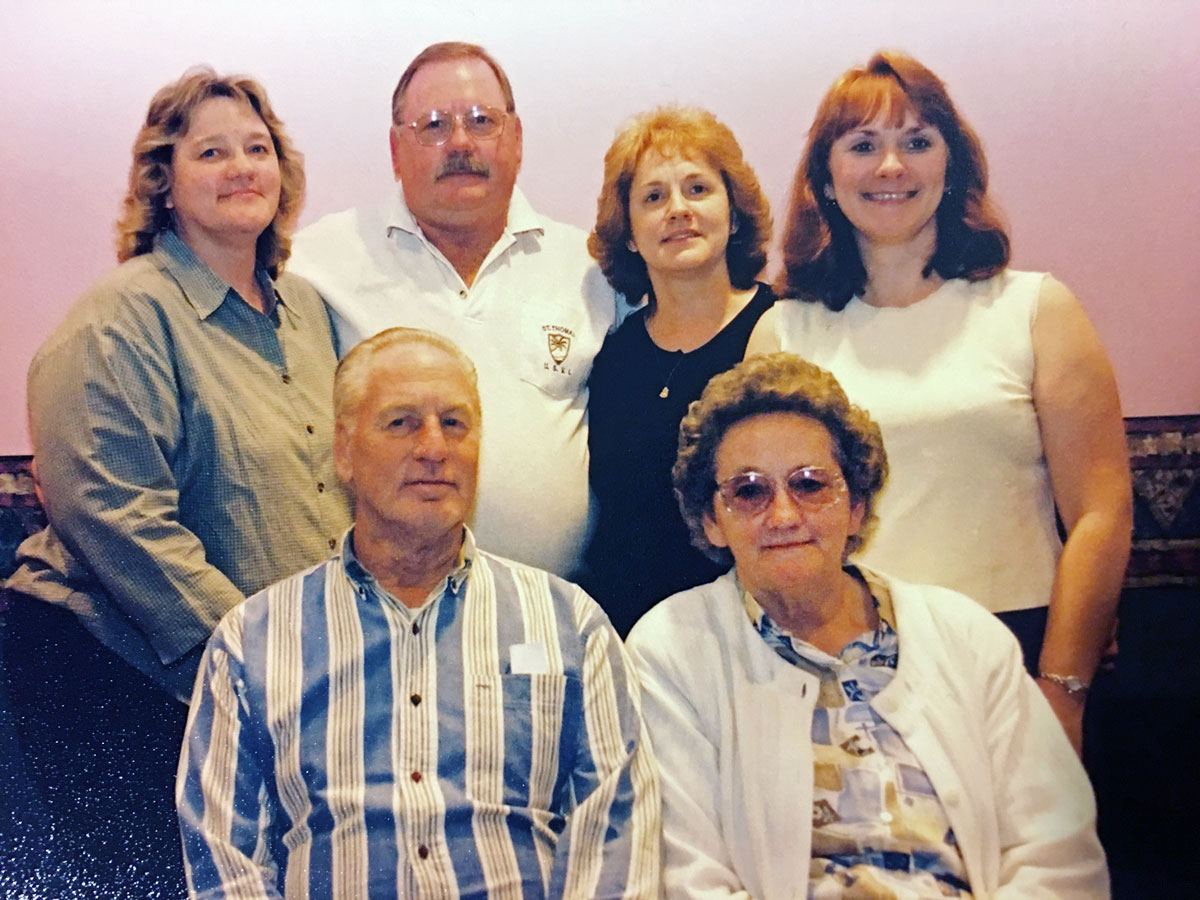
Pictured are: (back row) Patsy Harne, Ronald Stottlemyer, Linda Stitely, Laura Wallace; (front row) Otha (June) Stottlemyer and Isabel Stottlemyer. Not pictured: son, John Stottlemyer.

